During the medieval period, a number of distinguished Italian knights rose to prominence. As Italy underwent various political transitions, shifting from a Lombard kingdom to Frankish rule and eventually becoming an integral part of the Holy Roman Empire from the 10th century onwards, these knights played a significant role in shaping the region’s history.
For many of these renowned knights, their journey to knighthood began in mercenary companies. These formidable warriors honed their skills on the battlefields, displaying exceptional valor and unwavering dedication. Through their remarkable feats and unwavering commitment to their cause, they earned recognition and respect, ascending to the revered rank of knighthood. In this article, we will explore the lives of five famous Italian knights who left their mark on history.
Vincenzo Anastagi
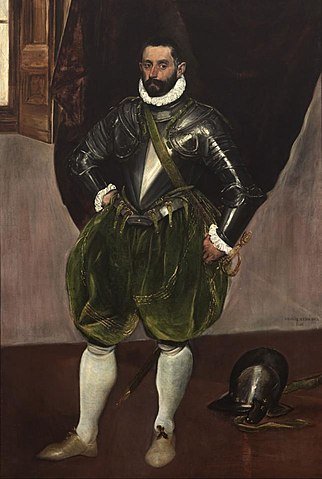
Vincenzo Anastagi, born into a noble family in Perugia in 1531, achieved the esteemed position of Knight of Malta on February 13, 1563. His name became synonymous with his remarkable contribution to the triumph against the Ottoman Turks during the historic Siege of Malta in 1565.
During the conflict, Anastagi orchestrated a daring and decisive maneuver that altered the course of the battle. With a small force of approximately one hundred cavalry, he launched a surprise charge against the Turkish camp. This valiant attack took place while the main Turkish army was focused on their assault on Birgu and Senglea. The unexpected attack by Anastagi’s cavalry disrupted the Turkish forces and introduced chaos into their rear ranks. This fortunate strike played a crucial role in securing victory over the Turks.
Recognizing his valor and strategic prowess, Anastagi was appointed as the Captain of the Galera Capitanain in 1585. However, his promising career was tragically cut short when he was murdered by two fellow knights.
Ettore Fieramosca
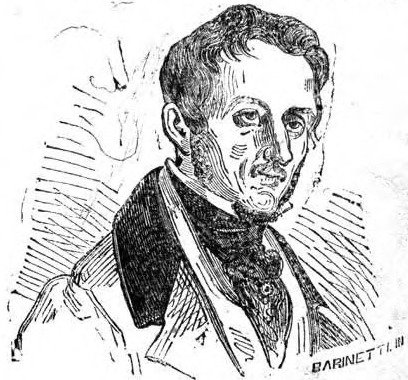
Ettore Fieramosca, an Italian mercenary who later earned the prestigious title of knight, dedicated his services to various notable European monarchs. His journey began as a page in the court of Ferdinand I of Naples, where he swiftly emerged as a prominent figure during the First Italian War spanning from 1494 to 1498.
Notably, he valiantly fought against Charles VIII of France during the French invasion of Italy in 1493. Fieramosca’s unwavering loyalty led him to continue serving Frederick IV, steadfastly opposing the kings of France and Spain until Frederick’s ultimate defeat in 1501. Subsequently, he joined the service of Ferdinand the Catholic, the king of Spain, who honored him with the title of Count of Miglionico. However, due to the loss of some of his fief, Fieramosca found himself compelled to once again take up arms against both Spain and France, this time fighting under the Republic of Venice.
His unwavering determination and military prowess were particularly evident in leading the Spanish Knights to victory during the renowned ‘Challenge of Barletta‘. This clash pitted thirteen Italian knights against thirteen French knights, and it was Fieramosca’s leadership that guided the Spanish side to triumph.
Bartolomeo Fanfulla
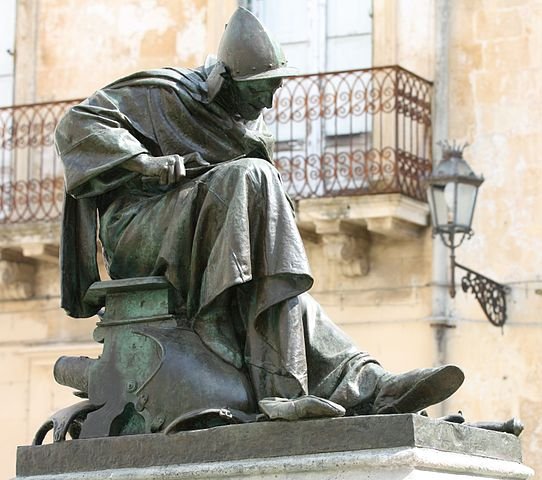
Bartolomeo Fanfulla, a renowned Italian condottiero, achieved great acclaim as a military leader during the 16th century. Initially, he pursued a mercenary career, offering his services to the highest bidder until 1499. From that point forward, Fanfulla aligned himself with Florence, Spain, and the Holy Roman Empire, fighting against Pisa and the invading French forces. His remarkable bravery and skill on the battlefield earned him widespread renown, and he actively participated in numerous major conflicts across Italy during the early 16th century.
Known for his command, Fanfulla often led a small army of 50 armed men who fought under his direct guidance. He gained particular fame for his involvement in the renowned “Challenge of Barletta,” a momentous encounter between thirteen Italian knights and thirteen French knights. He played a pivotal role in securing victory for the Italian side in this prestigious tournament. As a testament to his achievements, Fanfulla was formally knighted by a Spanish magistrate following the Italian knights’ triumph. Tragically, it is widely believed that Fanfulla met his demise on February 24, 1525, during the decisive Battle of Pavia.
Fabrizio Colonna
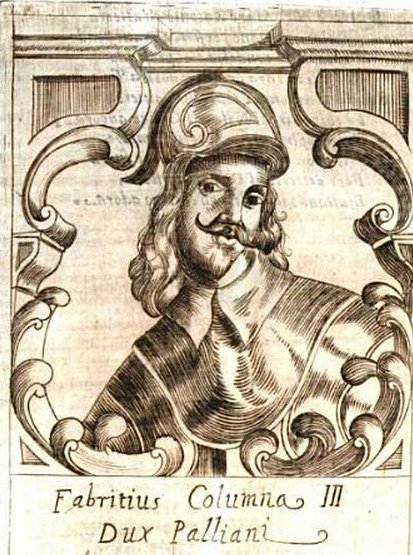
Fabrizio Colonna, a renowned Italian condottiero hailing from the influential Colonna family, held significant political positions during the 15th and early 16th centuries. As was customary for Italian knights of that era, he actively participated in the Italian conflicts against French invasions, aligning himself with the Holy Roman Empire, Spain, and the Papal States. Notably, Colonna served as a general in the Holy League, a coalition that waged war against France from 1509 to 1515.
Colonna’s military prowess shone particularly bright during the Battle of Ravenna, where he commanded the armies of the Papal States in their resistance against the French forces. Renowned for his strategic acumen, he emerged as one of the most successful military commanders of the period. Given his noble lineage, Colonna held esteemed positions throughout his life, including the prestigious roles of grand constable of the kingdom of Naples and count of Tagliacozzo.
Notably, Colonna’s daughter was Vittoria Colonna, an esteemed Italian poet and a close confidante of Renaissance artist Michelangelo. Furthermore, Fabrizio Colonna played a significant role in Niccolò Machiavelli’s renowned work, “The Art of War,” serving as the main speaker and cited as an authority on both classical and contemporary military structure, strategy, and tactics.
Palamede Bozzuto
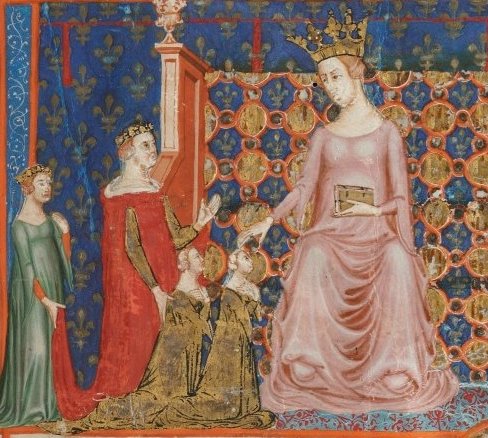
Palamede Bozzuto was an Italian knight and nobleman hailing from Naples. He played a significant role in the wars of succession within the Kingdom of Naples. During the siege of Naples in 1381, Palamede’s actions proved crucial in facilitating the entry of Hungarian soldiers led by Charles of Durazzo into the city on July 16th. In recognition of his contribution, Charles bestowed upon Palamede various rewards, including positions on his council and several fiefs such as Rosito, Calogenario, and the castle of Muro Lucano.
Furthermore, Charles entrusted Palamede with a significant responsibility: overseeing his captured rival, Queen Joan I. It is believed that Palamede, in his role, confiscated the queen’s jewelry, dismissed many of her servants, and imposed strict limitations on her food and visitors. Queen Joan was only permitted to interact with Palamede, her lady-in-waiting, and three selected servants. While it is likely that Palamede played a part in the events leading to Joan’s assassination on July 27th, 1382, there exists no concrete evidence to confirm his involvement.
Read More: 5 French Knights Worth Knowing
